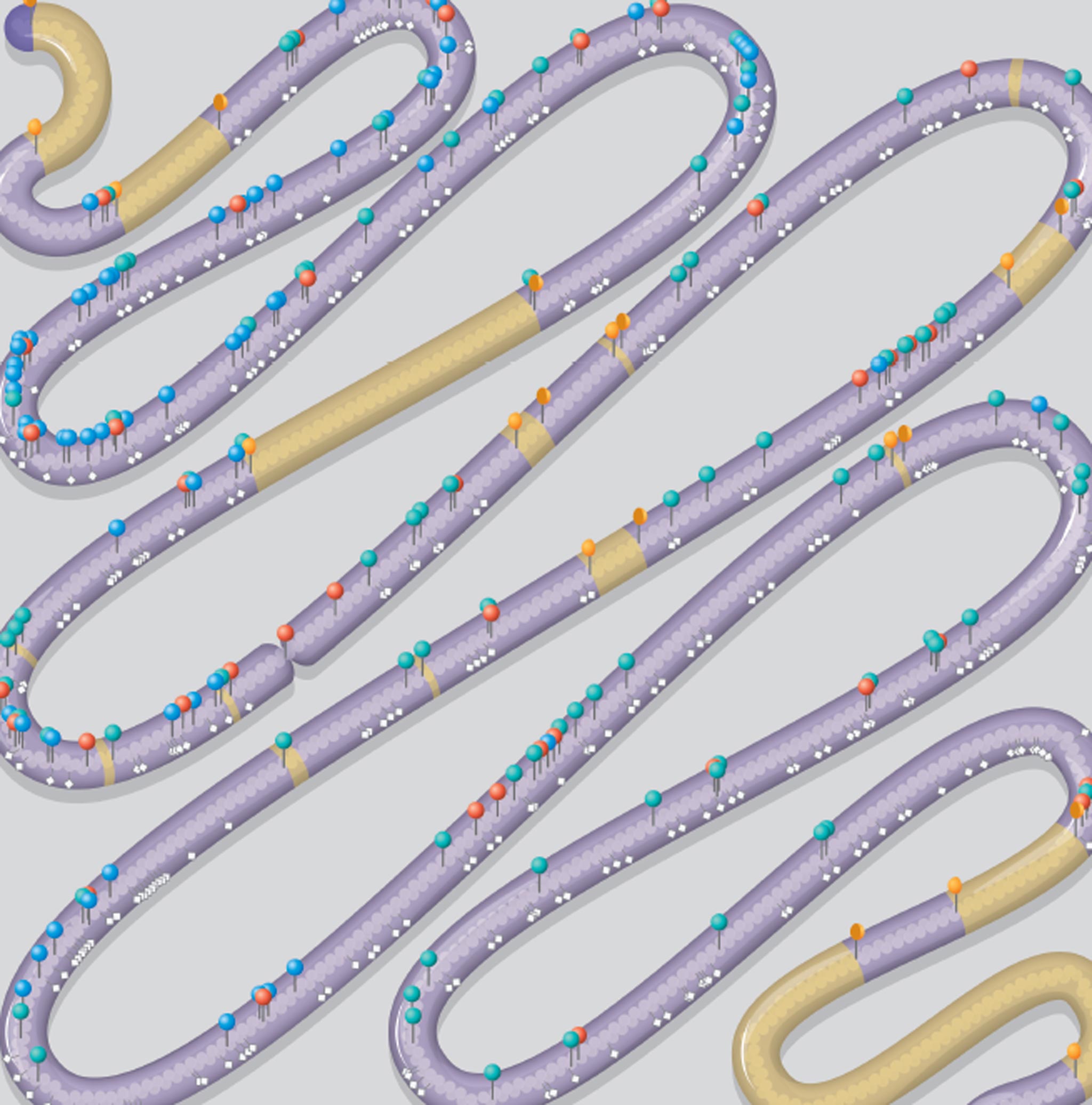Eureka! Scientists unveil giant leap towards synthetic life
Achievement akin to ‘climbing Mount Everest’ in its complexity

Scientists have made the first artificial chromosome which is both complete and functional in a milestone development in synthetic biology, which promises to revolutionise medical and industrial biotechnology in the coming century.
The researchers built the artificial chromosome from scratch by stitching synthetic strands of DNA together in a sequence based on the known genome of brewer’s yeast. They predict that a completely synthetic yeast genome comprised of its entire complement of 16 chromosomes could be made within four years.
“Our research moves the needle in synthetic biology from theory to reality. This work represents the biggest step yet in an international effort to construct the full genome of synthetic yeast,” said Jef Boeke of the New York University School of Medicine, a lead author of the study published in the journal Science.
“It is the most extensively altered chromosome ever built. But the milestone that really counts is integrating it into a living yeast cell. We have shown that yeast cells carrying this synthetic chromosome are remarkably normal,” Dr Boeke said.
“They behave almost identically to wild yeast cells, only they now possess new capabilities and can do things that wild yeast cannot [do],” he said.
“Not only can we make designer changes on a computer, but we can make hundreds of changes through a chromosome and we can put that chromosome into yeast and have a yeast that looks, smells and behaves like a regular yeast, but this yeast is endowed with special properties that normal yeasts don’t have,” he explained.
The synthetic yeast chromosome was based on chromosome number 3, but scientists deleted large parts of it that were considered redundant and introduced further subtle changes to its sequence – yet the chromosome still functioned normally and replicated itself in living yeast cells, they said.
“We took tiny snippets of synthetic DNA and fused them together in a complex series of steps to build an essentially computer-designed chromosome 3, one of the 16 chromosomes of yeast. We call it ‘synIII’ because it’s a completely synthetic derivative that has been engineered in a variety of interesting ways to make it different from the normal chromosome,” Dr Boeke said.
The achievement was compared to climbing Mount Everest in its labour-intensive complexity, as it involved stitching together 273,871 individual building blocks of DNA – the nucleotide bases of the yeast’s genes – in the right order, and removing about 50,000 repeating sequences of the chromosome that were considered redundant.
“When you change the genome you’re gambling. One wrong change can kill the cell. We have made over 50,000 changes to the DNA code in the chromosome and our yeast still lived. That is remarkable, it shows that our synthetic chromosome is hardy, and it endows the yeast with new properties,” Dr Boeke said.
Britain is one of several countries involved in the international effort to synthesise all 16 yeast chromosomes. Last year, the Government announced that it will spend £1 million on the yeast project out of a total budget of £60 million it has dedicated to synthetic biology.
Paul Freemont of Imperial College London said that the first complete and functional synthetic yeast chromosome is “a big deal” and significant step forward from the work by DNA scientist Craig Venter, who synthesised the much simpler genome of a bacterium in 2010.
“It opens up a whole new way of thinking about chromosome and genome engineering as it provides a proof of concept that complicated chromosomes can be redesigned, synthesised and made to work in a living cell,” Dr Freemont said.
Artificial chromosomes designed by computer will be vital for the synthetic life-forms that scientists hope to design for a range of applications, such as the breakdown of persistent pollutants in the environment or the industrial manufacture of new kinds of drugs and vaccines for human and animal medicine.
“It could have a lot of practical applications because yeast is used in the biotechnology industry to produce everything from alcohol, which has been produced for centuries, to biofuels and speciality chemicals to nutrients,” Dr Boeke said.
“Yeast is a really interesting microorganism to work on because it has an ancient industrial relationship with man. We’ve domesticated it since the days of the Fertile Crescent and we’ve had this fantastic collaboration to make wine, break and beer,” he said.
“That relationship persists today in a wide range of products that are made with yeast such as vaccines, fuels and specialty chemicals and it’s only going to be growing. Yeast is one of the few microbes that packages its genetic material in a nucleus just like human cells. So it serves as a better model for how human cells work in health and disease,” Dr Boeke added.
Synthetic microbes: Possible uses
Medicines
Being able to make synthetic chromosomes for yeast cells would allow scientists to speed up the rate of yeast evolution in order to produce strains specifically tailored for making certain difficult medicines.
Biofuels
Designing new kinds of yeast chromosomes could improve the efficiency of producing alcohol-based biofuels through fermentation.
Pollutants
Natural microbes already have an ability to degrade environmental toxins, but creating synthetic-biology versions could improve the speed at which they work.
Join our commenting forum
Join thought-provoking conversations, follow other Independent readers and see their replies
Comments